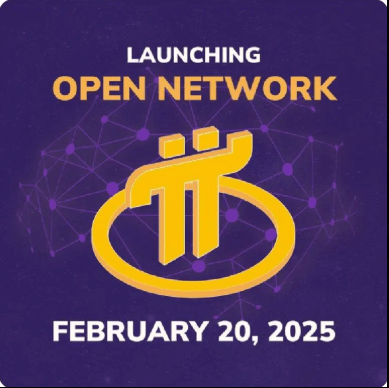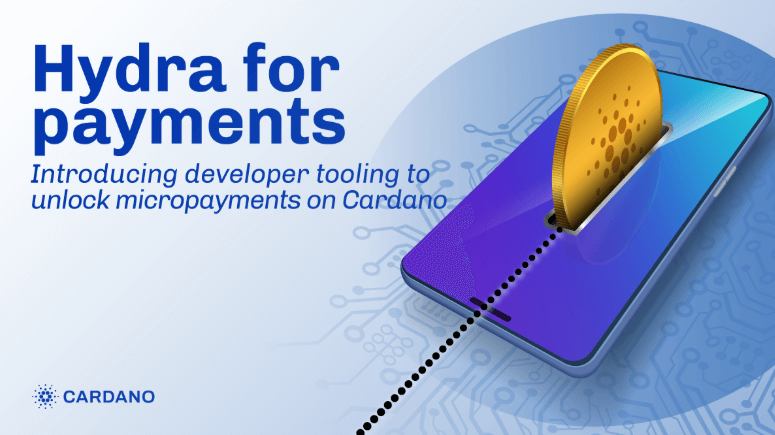Pi Network, the widely-discussed cryptocurrency project, has announced its long-anticipated transition to the Open Network phase on February 20, 2025. This move marks a significant milestone in the project’s evolution, as it shifts from a closed, invitation-only ecosystem to a fully decentralized and open blockchain network.

What Does the Open Network Transition Mean?
The transition to an Open Network means that Pi Network will no longer operate within a restricted environment. Instead, its blockchain will be publicly accessible, allowing transactions, integrations, and development activities without prior restrictions. This shift is expected to enhance the utility and credibility of the Pi cryptocurrency, enabling wider adoption among developers, businesses, and crypto enthusiasts.
Key Features of the Open Network Phase
- Public Blockchain Accessibility – The Pi Network blockchain will be open to the public, allowing users and third-party applications to interact freely.
- External Exchange Listings – Pi is expected to be listed on major cryptocurrency exchanges, increasing its liquidity and market visibility.
- Smart Contract Capabilities – Developers will have the ability to build decentralized applications (dApps) on the Pi Network, expanding its ecosystem.
- Security and Transparency – The open-source nature of the network will promote transparency, with real-time auditing of transactions and network activities.
- Scalability and Decentralization – The move will enhance the network’s decentralization by allowing more nodes to participate in validating transactions.
Community Reactions and Market Expectations
Pi Network’s community has shown mixed reactions to the announcement. While many supporters are excited about the potential opportunities that an open blockchain presents, skeptics remain cautious about the network’s token valuation and sustainability. Questions regarding the listing price of Pi, regulatory compliance, and the overall feasibility of its economic model continue to be topics of debate.
Industry analysts suggest that the success of Pi Network’s Open Network phase will depend on its adoption rate, integration with real-world applications, and how well it competes with existing blockchain platforms.
Potential Risks and Considerations
Despite the enthusiasm surrounding this transition, potential risks remain:
- Market Volatility – Once Pi is listed on exchanges, its price could experience significant fluctuations.
- Regulatory Concerns – Compliance with global cryptocurrency regulations could pose challenges.
- Adoption and Development – The success of the Open Network relies on developer engagement and business integration.
Conclusion
The transition of Pi Network to an Open Network on February 20, 2025, represents a pivotal moment for the project. With increased accessibility, smart contract functionality, and potential exchange listings, Pi Network has the opportunity to solidify its place in the crypto space. However, its future will largely depend on adoption rates, regulatory landscapes, and real-world utility.
Disclaimer: This article is for informational purposes only and is not investment advice. Investors should research carefully before making any decisions. We are not responsible for your investment decisions.
















